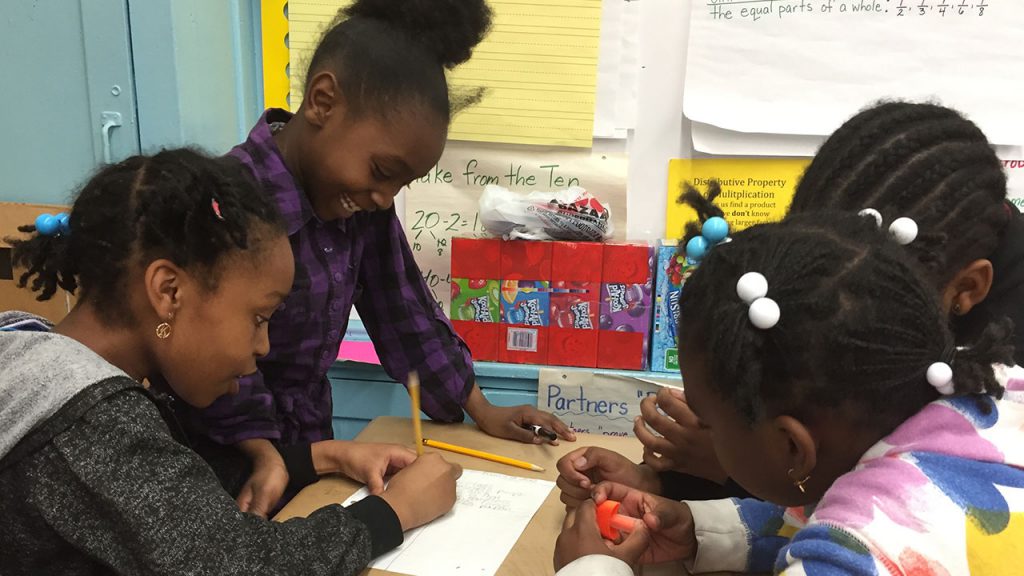Physical and Emotional Health

Mental Health: Stigma & Support
Students in a high school SLP Lab chose to tackle the stigma surrounding mental health challenges, as well as the apparent lack of much needed resources, especially for young people. During a community mapping project, they discovered that NYC does offer many resources – from hotlines to support groups and counseling – but they suspected that most NYC teens are either not aware of, don’t have access to, or don’t feel comfortable using them. A survey they created, completed by more than 120 NYC youth, confirmed their fears: only 20% of respondents felt comfortable talking to their guidance counselors about their mental health, yet nearly 90% said they felt they would benefit from mental health support. To help meet this increasingly dire need, they consolidated their research into an online toolkit aimed at helping young people in NYC access mental health resources in their schools and neighborhoods. The result is a supportive, comprehensive, and easily accessible guide for teens, their families, and educators.[
NUTRITION
Concerned about what and how much lunch food their schoolmates were eating (and wasting), fifth graders in downtown Brooklyn advocated for a healthier school lunch. They surveyed hundreds of students in the school to find out whether they liked the food provided, whether they finished it, and how they felt after eating it. After researching alternatives to the standard school menu as well as the physical, behavioral, and academic impact of what kids eat for lunch, the students developed a detailed, evidence-based presentation for the school administration that included requests for changes to the school menu as well as the cafeteria environment. The principal accepted their recommendations on the spot!
BULLYING PREVENTION
A group of third, fourth and fifth graders in Park Slope, Brooklyn decided to help prevent bullying at their school. Through a student survey, they found out that, as in most schools, bullying was taking place in the hallways and during lunch and recess when classroom teachers were not around. They asked the school administration for permission to organize a “Bully Patrol” through which students would be deputized to intervene when they observed bullying. They also created an education campaign to help students better understand what behavior constitutes bullying.
INCREASED PHYSICAL ACTIVITY AT SCHOOL
Second graders in downtown Brooklyn advocated for increased physical activity during the school day. They developed a presentation for the school administration based on the research they collected about the physical, emotional, and academic benefits of physical activity, as well as the school-wide student demand reflected by their petition drive.